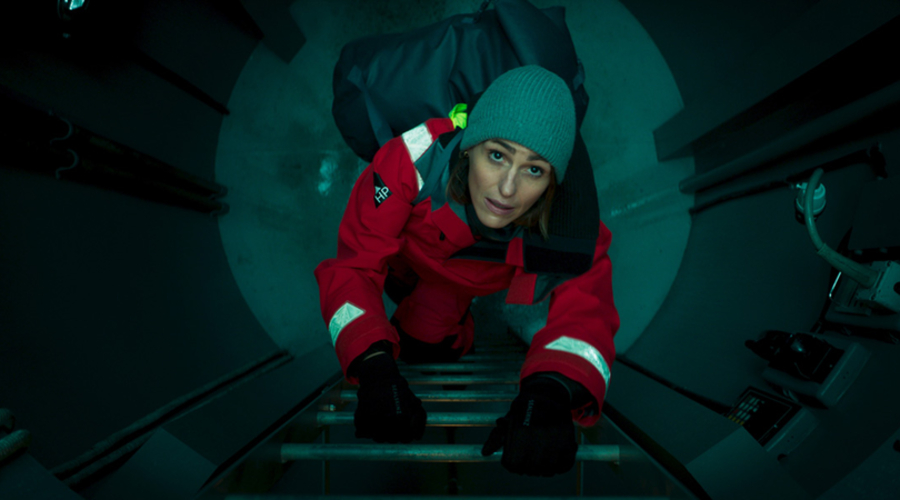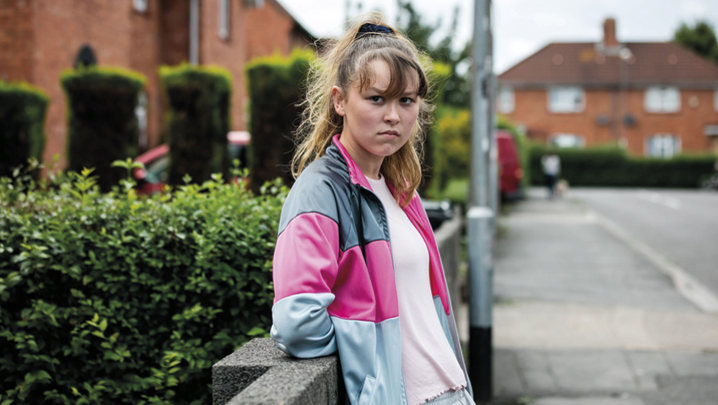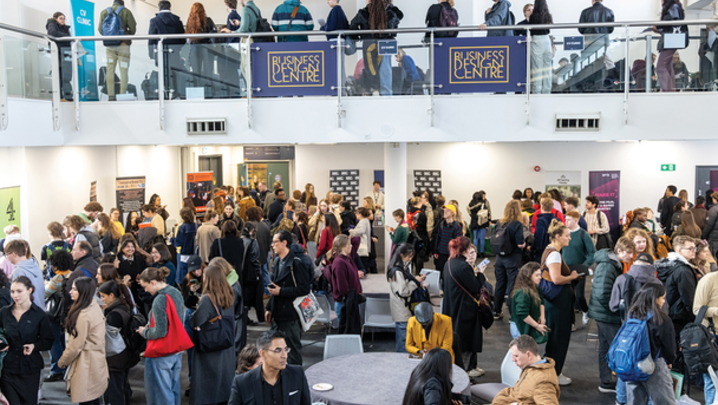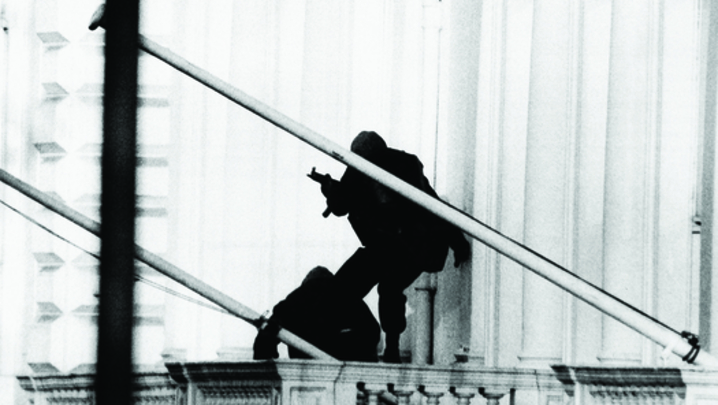Director of photography Matt Gray won an RTS Craft & Design Award for his cinematography on BBC One’s harrowing child sex abuse drama Three Girls.
Showing admirable versatility, he is also responsible for the visual look of the same channel’s hit submarine thriller Vigil.
What does the job involve?
Working closely with the director, production designer and all the creative team to create the visual world and help “frame” the point of view of the story to engage the audience. Sometimes that can be a dynamic world such as Vigil; at other times it can be utilising a more sensitive visual aesthetic to create an emotional engagement, as with Three Girls.
When filming starts, my camera crew and I have to bring the visual look we’ve discussed into reality. My role doesn’t extend to the edit suite, but I rejoin the project for the colour grading, working with a colourist.

What is the balance between technical know-how and artistic flair?
You need creativity and an artistic eye, but you also have to be a bit of a geek. The learning curve of a cinematographer or director of photography (DoP) is all about grappling with the technicalities of lighting, colour temperatures and lenses, but there comes a point when this becomes second nature.
What were your visual influences for Vigil?
The script took me back to 1990s action films such as The Hunt for Red October and Crimson Tide. I also looked at Alien and other confined dramas, where the vessel itself becomes a character.
How did you become a DoP?
I went to a comprehensive school in Torquay, where I enjoyed drama. I then went on to the local technical college where I took a BTEC which involved photography and art. I got into Newport Film School, where I met like-minded people and fell in love with film-making. I landed a job at Magpie Film Productions in Birmingham and began as a cameraman in news and then documentaries, which was an amazing grounding, not only in the technical aspects of the job, but also in how to tell human stories. For me, it’s all about the narrative – I always wanted to be a storyteller.
Do you have a favourite documentary?
A programme I worked on for the BBC with documentary film-maker Chris Morris about the Aberfan disaster, An American in Aberfan.
How did you break into drama?
I shot a short film with the director Tom Vaughan and through that met producer Christine Langan who was then working at Granada Television. I started working on some of their dramas: the first was the 2000 David Nicholls romantic comedy I Saw You, directed by Tom, and then I went on to do Cold Feet.
What dramas are you most proud of?
I’ve worked with so many talented directors. I really enjoyed working with Marc Munden on The Mark of Cain, John Alexander on White Heat and Philippa Lowthorpe on Three Girls. Liar and the first series of Broadchurch, too, with James Strong.
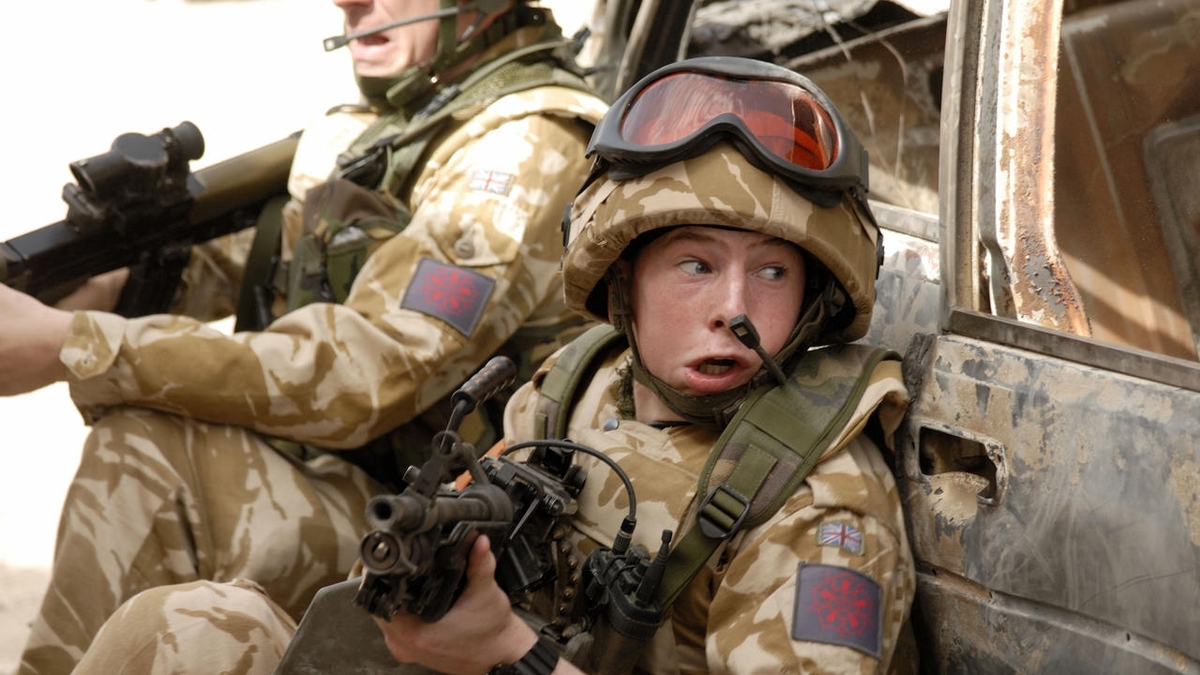
What do you bring to work with you?
I have a little viewfinder to frame shots, a digital light meter, which fits on top of my phone, and an iPad with all my visual references and script notes.
Are there any tricks of the trade you can share with us?
Listening doesn’t feel like a cinematographer’s tool but I like a quiet, calm set so I can listen. You can learn so much from listening to a director giving a note to an actor, or from a performer delivering a line. I also don’t watch any television when I’m filming, so I can keep the story that we’re telling in my head. If I do, the danger is that you can start to doubt some of your choices.
What are the best and worst parts of the job?
The joy of working with talented people is the best part; the worst are the long hours of the work.
How has the job changed since you started?
The ambition of dramas is bigger – something like Vigil has to sit within a modern media landscape where the streamers are spending millions and millions on series.
What that money can buy you, as well as increased production value and a more expensive cast, is more time and the chance as a DoP to let your imagination fly.
What advice would you give to someone who has decided that they want to become a cinematographer?
The first thing I say to my trainees is to produce work – make films. There are two journeys you go on: one is actually getting into the industry; the other is an internal journey, which is about developing your eye and your voice.
You don’t want to reach the point when your voice can be heard, and you open your mouth and find nothing comes out. You have to decide what it is you like visually and hone your storytelling skills – they need to be nurtured.
Which cinematographers do you admire?
I’m a big fan of Vittorio Storaro’s work on films such as Apocalypse Now – I love his use of colour. I’ve been following [Coen brothers collaborator] Roger Deakins’ work for years – he’s a good template for someone who wants to visually and emotionally engage with an audience.
Dutch cinematographer Robby Müller is another, but they are three among many that I like.
Are there any new genres you’d like to work in?
I enjoy watching science fiction so I’d like to try that – I really liked Danny Boyle’s film Sunshine. But I was given a great piece of advice years ago, which was to work with good people on good projects. That’s always guided me in choosing projects.
Matt Gray BSC was interviewed by Matthew Bell. The cinematographer is represented by Casarotto Ramsay.

